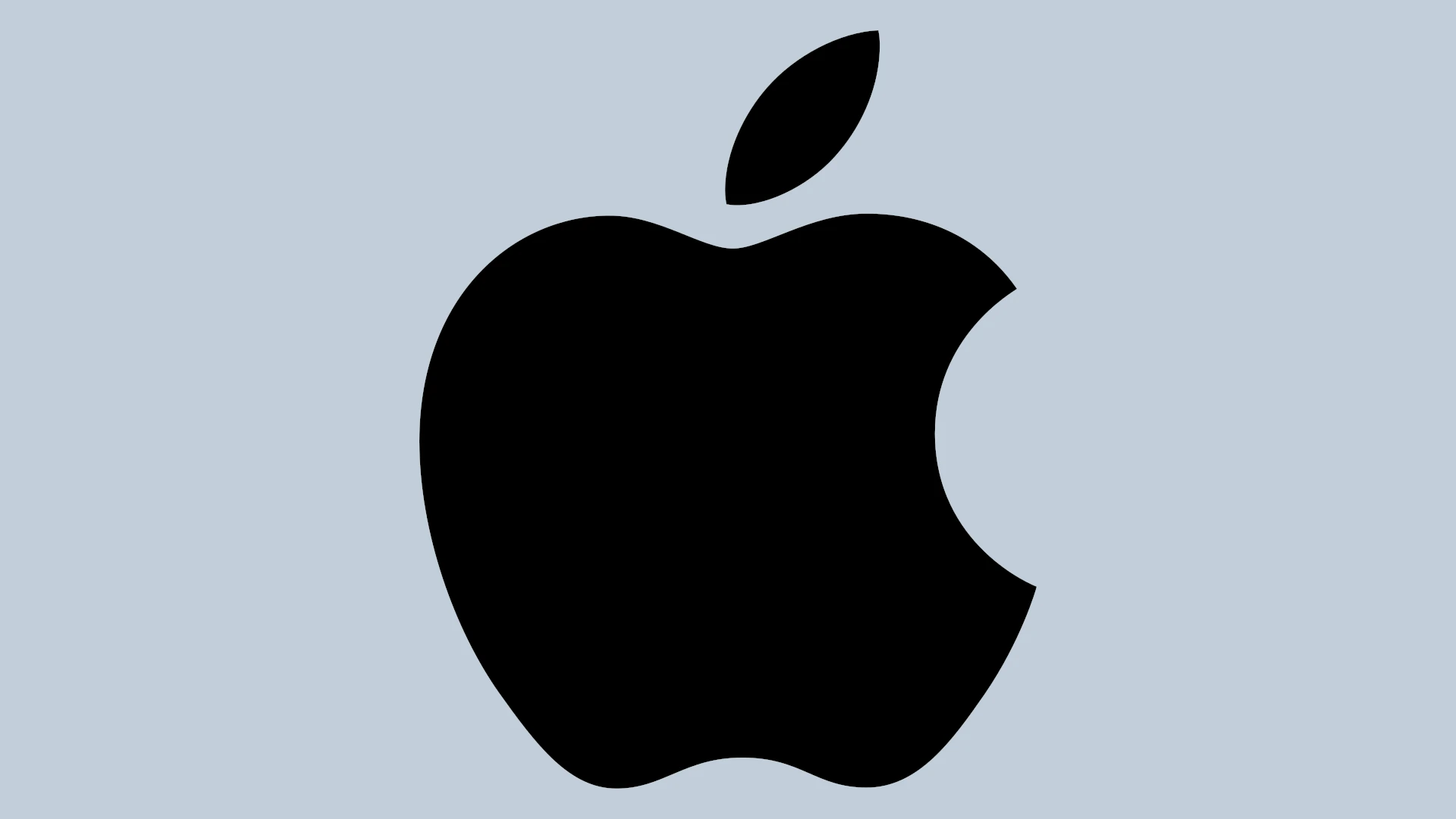Spotting a charge on your credit card statement from apple.com/bill can be confusing. These charges often appear when you or someone with access to your Apple ID has made purchases from Apple services such as the App Store, iTunes Store, or Apple Books. Your statement might also show a charge if you have an active subscription for an Apple service or a recurring payment for increased iCloud storage.
Understanding the specifics of these charges requires reviewing your purchase history. By accessing reportaproblem.apple.com and signing in with your Apple ID, you can see a list of your transactions. Additionally, if you’re part of a Family Sharing group, the organizer’s card might be billed for purchases made by any member of the family group.
Understanding Apple Purchases and Subscriptions
If you’ve noticed a charge labeled “Apple.com/bill” on your credit card statement, it’s likely you or someone with access to your Apple ID made a purchase. Don’t worry – it’s usually easy to figure out what you bought.
Where “Apple.com/bill” Charges Come From
Here’s a breakdown of the types of purchases and subscriptions that appear on your statement as “Apple.com/bill”:
- iTunes Store: Movies, TV shows, music, and audiobooks.
- App Store: Apps and in-app purchases.
- Apple Subscriptions: Apple Music, Apple TV+, iCloud storage, Apple News+, Apple Arcade and more.
- Family Purchases: If you’re part of Family Sharing, charges from other members of your family group.
How to Track Down Your Charges
Here’s how to see a detailed list of purchases associated with your Apple ID:
- Check Your Purchase History: Go to reportaproblem.apple.com and sign in with your Apple ID. You’ll see a list of your recent purchases.
- Review Your Subscriptions: On your iPhone, iPad, or iPod touch, go to Settings > [Your Name] > Subscriptions. On a Mac, open the App Store app and click your name in the bottom left, then click “View Information.”
Table: Identifying Different Types of Charges
| Charge Type | Example Sources |
|---|---|
| Apps and In-App Purchases | Games, productivity apps, in-app subscriptions or upgrades |
| Digital Content | Movies, TV shows, music, audiobooks |
| Subscriptions | Apple Music, Apple TV+, Apple Arcade, iCloud+, Apple News+ |
If you can’t find the charge on your purchase history, contact Apple Support for further assistance.
Key Takeaways
- Apple.com/bill on your statement indicates purchases or subscriptions via Apple services.
- Review your purchase history by signing in with your Apple ID at reportaproblem.apple.com.
- Family Sharing purchases can also result in charges to the organizer’s credit card.
Understanding Apple.com/bill Charges
When an Apple.com/bill charge appears on a credit card statement, it typically indicates a purchase made from an Apple service like the App Store, iTunes, or Apple Music. These charges may also cover subscriptions or in-app purchases. To track and manage these charges, Apple provides tools and guidelines.
Identifying Apple Purchases on Your Statement
Charges from Apple services can appear on bank statements as “apple.com/bill”, “ITUNES.COM/BILL”, or similar terms. To clarify these charges, users can check their purchase history online. Here’s how to view transactions:
- Go to reportaproblem.apple.com.
- Sign in with your Apple ID.
- A detailed list of purchases and transactions will appear, sorted by date.
For families using Family Sharing, the organizer can view purchases made by every member. This ensures visibility and control over the charges made to the group.
Managing Subscriptions and Purchases
Apple makes it straightforward to manage subscriptions and purchases through various methods:
- On iPhone, iPad, or iPod touch: Go to Settings > [your name] > Subscriptions to view and manage.
- On Mac or PC: Use iTunes, navigate to Account > View My Account, then click View Account.
- Online: Access Apple ID account page or use the Wallet app on your device.
If users detect an unexpected charge, they can request a refund directly through the report a problem page or by contacting Apple Support. For potential fraudulent charges, users should contact their bank and Apple Support immediately.
Users should keep their bank, email, and phone number updated in their Apple ID settings to receive renewal emails, receipts, and transaction alerts. It is also advised to review listed subscriptions and in-app purchases periodically to avoid unexpected payments.







